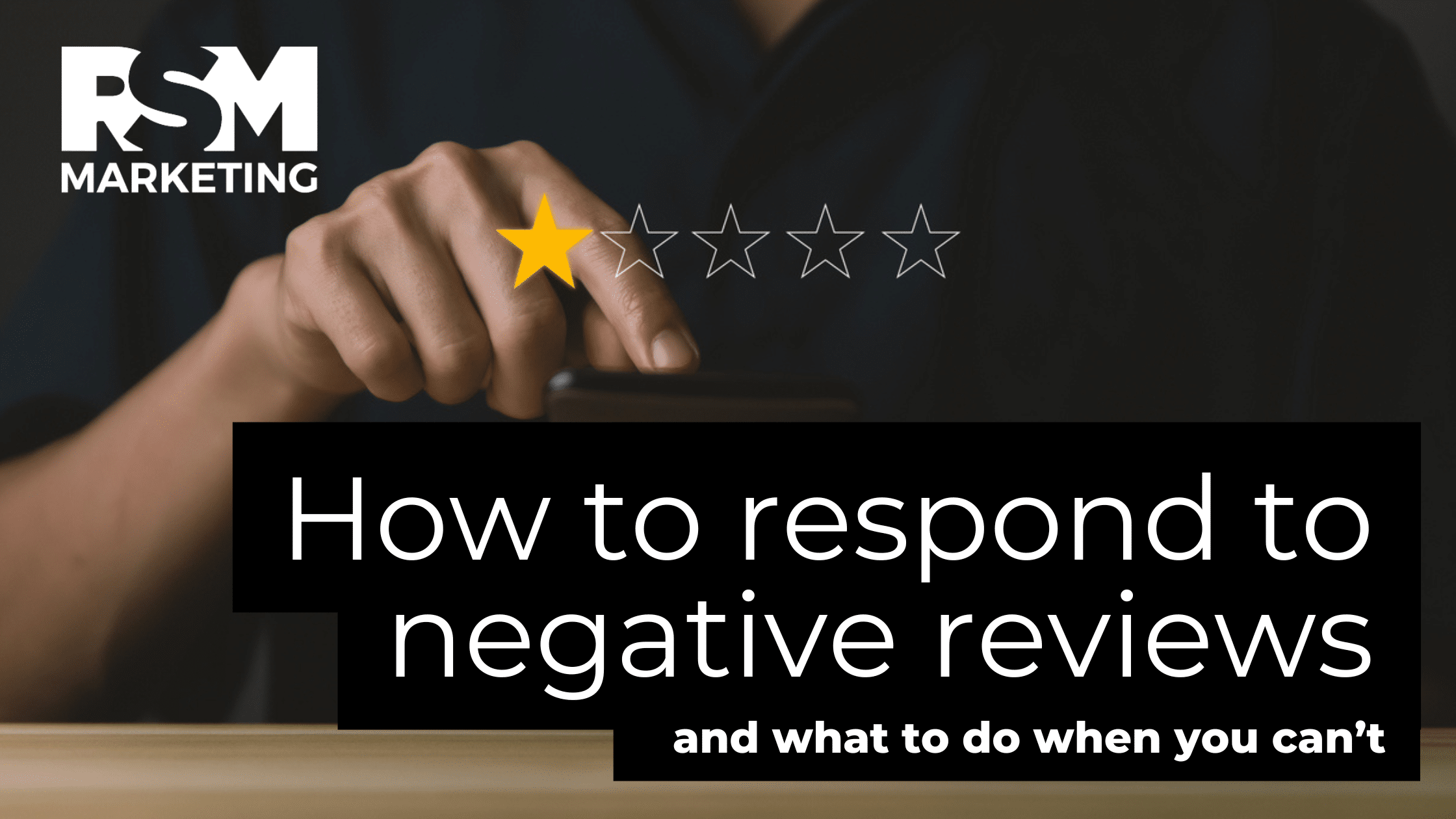Getting to the top of the Google search is more cut-throat than it has ever been, especially if you are a local business. If you are a local business in a growing city, it has become extremely competitive to get a piece of prime Google real estate. Here are some things you can do to improve your local SEO strategy and have a presence on Google.
Create and Optimize a Google My Business Page
If you haven’t already created a Google My Business Page, open a new tab and do it right now. This is essentially a business listing service that displays all of your company information, including a short description of what type of business you have, location, reviews, hours of operation, and contact information. Here is what a Google My Business Listing looks like for Julep in Kansas City.
Having accurate information on your Google My Business (GMB) page is important to your local search, so keep this at the front of your mind when setting up your page.
Setting Up Google My Business
Luckily, Google My Business is free and super easy to set up. Here is how to do it:
- Login or create your company’s Google account.
- Go to google.com/business and click ‘Start Now’ in the right-hand corner.
- Fill in your business name and address.
- Accurately choose your business category—be specific. View over 2,300 business categories here.
- Add your website and phone number.
- Verify your business.
Optimizing Your Google My Business Listing
After you set up all of the above, it is very important to optimize your GMB listing. It is an easy and valuable way to get your listing to the first page of the local search results. Here is how to optimize your listing.
Check Your Business Information
Make sure all of the information on your Google My Business listing matches what is on your website. This is imperative for accurate indexing. If your business is located in Overland Park and you put Kansas City with the idea that this will give your listing a wider reach, Google will see this contradiction and all of your local SEO efforts will be for nothing.
Write a Business Description
When adding your business description, make sure to use keywords, but do not use the keyword more than once or twice—your business description should be concise and sound natural.
Add Attributes
Attributes are amenities offered by your business that can give searchers an idea of what to expect from your company. For example, do you offer free wifi? Is there a menu you would like searchers to be able to view? Is your establishment kid-friendly?
Add attributes that you know will benefit your potential customer. You wouldn’t make a brochure for your business that doesn’t list what your business has to offer; think of your GMB listing as a very small online brochure.
Add a Profile Picture
This could be a picture of the outside of your business, a logo, or your team. This is important because people like to associate a proverbial “name with a face”. In this case, the name is your business, and the face is your profile picture.
Example of an Optimized Google My Business Listing
Let’s take a closer look at Julep’s GMB listing and how they have optimized it.
The first thing we see is their business name and profile picture, and then their Google Reviews—these are very important, we will get to this topic later on in the post.
Next is their category, which they have accurately chosen as Bar, and then we see something interesting: Find a Table. This button takes you to an offshoot of Google Maps that allows you to see when tables are available and is extremely convenient for users.
Below that button is the business description. As you can see, it is descriptive, accurate, and to the point. Reading that description lets you know exactly what this establishment is and what to expect when you arrive.
As we move further down the listing, we see more useful information. They have added their correct address, hours, phone number, and attributes which are, in this case, two resources that can be used to make reservations.
Get Listed in Other Online Directories
In addition to your GMB listing, you will want to list your business in other directories. Yelp, YP.com, and local directories are a great start. These business directory profiles are easy to set up and will help with your local linking strategy. Information in these directories should be exactly the same as the information in your GMB listing and on your website, which brings us to our next point.
Make Sure Your Business Information is Correct on Your Website
We have really hammered home how important it is to provide the correct information for your listings, this is also the case when it comes to your web content. The information on your website should perfectly match the information you have provided to Google and other online directories.
If your company has multiple locations, you will want to have multiple pages that contain the locations’ addresses, contact information, and hours of operation. It is also a good idea to add a map from Google Maps—anything you can do to really pinpoint your location will help you in the local SEO game. If your company only has one location, make sure you have locally optimized your ‘About Us’ page.
Reviews
One of the best ways to drive more traffic to your site with local SEO is through online reviews. Reviews not only show users that your business is legitimate, but they are also a great way to boost your local ranking. The question is, how do you get reviews?
How to Get Customers to Review Your Business
Getting reviews is not difficult, but it does take some proactivity. A great way to garner reviews is through email. After a customer purchases your product or service, send them an email thanking them for their business and provide them with a link to leave a review. You can use a CRM to automate this process so that a review request is sent to everyone who makes a purchase 3-5 days after the transaction is complete. The process doesn’t end once you get a review, you also have to respond to the review.
Responding to Reviews
Users and Google like to see that you take the time to respond to your reviews. It is a great opportunity to thank the people who left positive reviews and do some damage control when people leave negative reviews.
If you do receive a negative review, don’t panic! It isn’t the end of the world. Keep a cool head and respond as politely as possible. Try to resolve the issue or simply just apologize for the negative experience. The good news is that negative reviews still count as reviews, so as long as you have enough positive feedback to drown them out, they can actually work in your favor as long as they do not regularly occur.
If you receive a review that is inappropriate, you can flag that review, and it will be removed. The guidelines for review removal are very strict, so make sure you educate yourself on what the terms are for review removal.
Utilize Schema Markup
Schema markup is very important to local SEO. It is code that helps Google deliver more accurate information to users. Schema markup determines how data is displayed. This lets users and Google know what your business is all about. Here is how to add schema markup to your website.
- Go to Google’s Structured Data Markup Helper.
- Choose the type of data you want to markup. You will probably want to choose ‘Local Businesses’ and paste in the URL of the page you want to markup.
- Click ‘Start Tagging’ and you will see a box called ‘My Data Items’ come out on the right side of the page. This tells you what items you should mark up.
- You will need to highlight the information on your chosen web page that you want to be marked up. Move down the list and highlight of the items that you want to be marked up.
- Click ‘Create HTML’.
- Add new highlighted HTML code to your page by copy and pasting it into your site’s source code.
- See what your page will look like before publishing it by putting it into the Structured Data Testing Tool.
Schema markup is definitely something that more local businesses should take advantage of. Google gives you free tools to perform accurate schema markup, and it is something that will set you apart from local competition.
Add Meta and Title Tags
Title and meta description tags are HTML elements that you can use to reflect the content of your web page. These can be modified to help improve your local search rankings by adding your business name, city name, and/or state abbreviation. You can use these tags to let users and Google know where you are located and who you are. Title tags can be 50-60 characters, and Yoast has an SEO plugin that will show you what your page title will look like with your tag; this plugin also lets you know if your title is too long.
Garner Local Links
The good news is that it is much easier for local companies to get links that improve their Google ranking than it is for non-local companies. You can garner links for your company by writing local content, sponsoring other local businesses, getting listed in business directories, or creating local resources.
Write Local Content
Local content is important to your SEO strategy. Writing content that reaches a large audience is not a bad idea if it adds to your users’ experience, but local content is also going to be a productive use of your time.
Examples of Local Content
- Client testimonials
- Local industry news
- Employee pages
- Industry gatherings
Local content establishes your brand authority in your area, but if you try to shoehorn your city’s name into all of your content, it may hurt your efforts. Instead use the examples above to write natural sounding blog posts, testimonial pages, and employee pages where keywords and city names will sound authentic. It shows Google that you are actively involved in your locality, and users that you care about your industry.
Client/Customer Testimonials: Testimonials are extremely easy to get from clients/customers, and you have probably already established a good relationship with the person you want a testimonial from; so just ask. That’s it, just send them an email, and ask them to for a testimonial. Nine out of ten times they will oblige. Testimonials will always make the top of our list when discussing local content because client testimonials do three things for your local SEO efforts.
- Lets potential clients or customers know that you are a trustworthy company to hire.
- The local client or customer leaving the testimonial will help solidify that you are a reputable business in your area.
- Testimonials are fantastic for your linking strategy if they come from another local business.
Local Industry News: Follow your local news sites and keep an eye out for articles related to your industry that you can create blog posts about. Make sure you cite your references when rewriting and sharing your opinion on these articles.
Employee Pages: Most if not all of your employees live in close proximity to your business, so creating team and employees pages is very beneficial to local SEO. Have your employees write a short bio about themselves and provide photos. For a more professional look, splurge on professional headshots-this doesn’t affect local SEO, but it does make a difference to users.
Industry Gatherings: Chances are you attend events throughout the year that are related to your industry. These might be seminars, conferences, networking events, or local meet up groups in your city. You can write about the knowledge you gained at these events to create killer local content.
Sponsor Local Businesses
A great way to get links is to sponsor other local businesses. To sponsor other businesses you can host their ads on your page or say something along the lines of, “We are proud to work with…” this shows that you take part in the local economy. After you link their business, see if they will do the same for yours.
Create Local Resources
By creating resources people can use based on your locality, you can really boost your link game. Think local event calendars or fun write-ups of favorite coffee shops to get work done at in your city.
This is top of the funnel content, you will not be talking much about your product or service, but if used correctly, local resources can benefit your local link building efforts and drive more relevant traffic to your site.
Local SEO is not as scary as it seems and can be extremely beneficial to your business by improving your visibility on Google. If you would like to know more about how to improve your local SEO strategy, contact us today!





